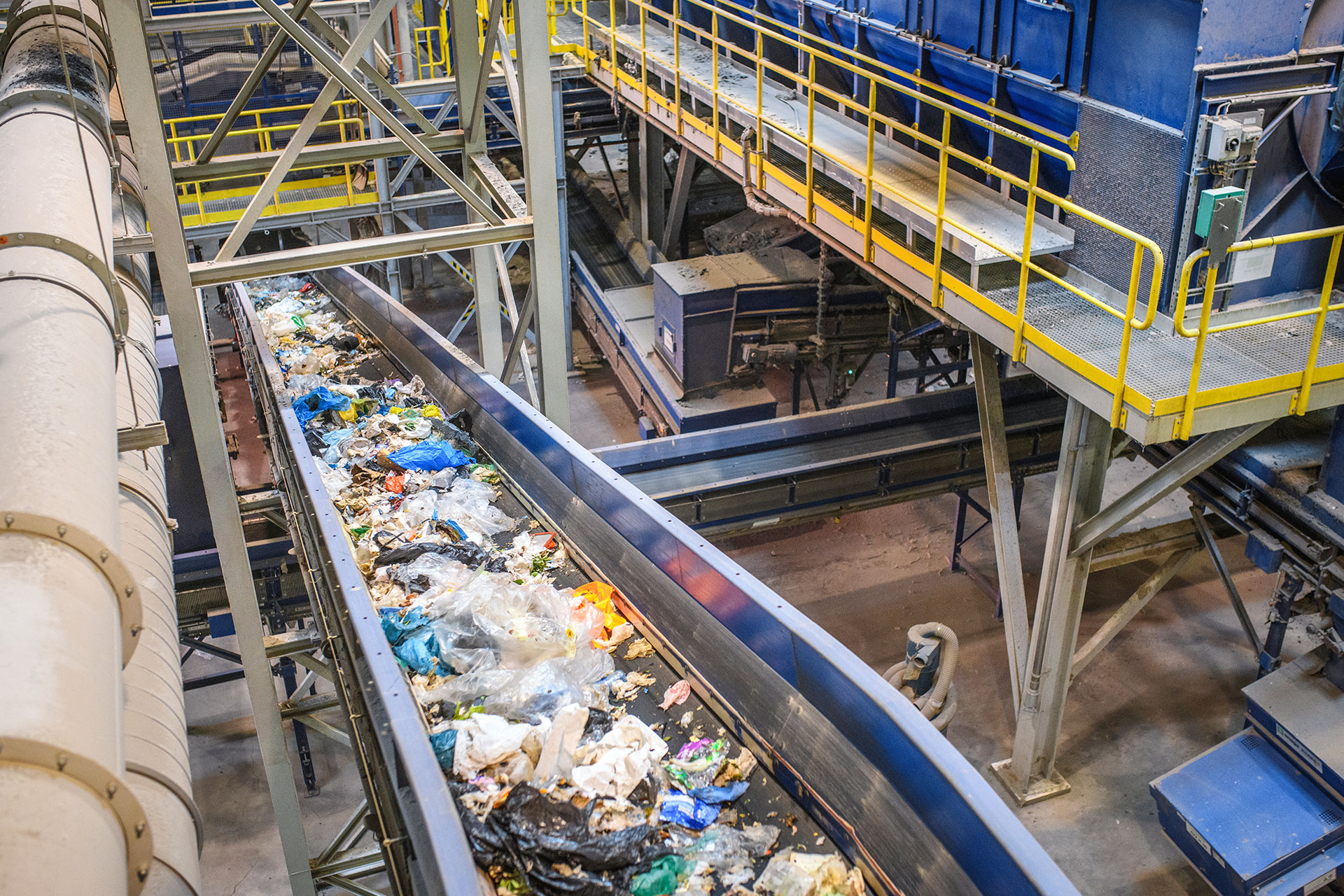When embarking on a construction or renovation project, one of the key considerations—often overlooked—is what happens to the waste and materials you dispose of. Whether it’s rubble from demolition, old plasterboard, or leftover bricks, construction waste can pile up quickly. But have you ever wondered where all that waste goes once it’s collected?
Construction waste can have a significant environmental impact if not managed correctly. It’s essential to understand how your waste is handled and ensure that it is disposed of responsibly. So, let’s take a closer look at what happens to your construction materials after they leave your site.
It’s essential that it is taken to a licensed waste management facility.
The Different Types of Construction Waste
Construction projects generate a wide variety of waste, some of which can be reused or recycled, while other materials need to be disposed of in a more controlled way. Common construction waste includes:
-
Concrete and rubble: Leftover from demolition or building works, concrete and rubble make up a large proportion of construction waste.
-
Timber: This could include offcuts from framing, flooring, or fencing materials.
-
Plasterboard: Often used in walls and ceilings, plasterboard is one of the more problematic construction materials to dispose of.
-
Bricks and tiles: Demolition projects often produce a large quantity of bricks, tiles, and other masonry.
-
Metal: Steel, copper, aluminium, and other metals are often used in building frameworks and systems.
-
Plastic: From plumbing pipes to packaging, plastic is a frequent waste material in construction.

Where Does the Waste Go?
Once construction waste is collected, it’s essential that it is taken to a licensed waste management facility. The journey of construction waste typically involves the following stages:
1. Collection and Transportation
First, your construction waste is picked up by a skip or waste collection service. It’s important to make sure that you are working with a reputable waste carrier who is licensed by the Environment Agency. Unlicensed carriers may dump your waste illegally, which can result in hefty fines for both the waste producer and the waste carrier.
2. Sorting and Segregation
Upon arrival at the waste facility, the waste is often sorted into different categories to make recycling or disposal easier. This process may involve separating materials like timber, metals, plastics, and plasterboard, as each of these requires different treatment. Some waste management centres use advanced sorting machines, while others may do this manually.
3. Recycling and Reuse
A significant proportion of construction waste can be recycled or reused, depending on the materials involved:
-
Concrete and Rubble: These materials can often be crushed and reused as hardcore or aggregate for new construction projects. Recycled concrete is commonly used as a base layer for roads, car parks, and foundations.
-
Timber: Wood can be sent to recycling facilities where it is processed into woodchip for biomass energy production or reused in new wood products, such as particleboard or chipboard.
-
Metals: Metals like steel, copper, and aluminium are highly valuable and can be recycled almost indefinitely without losing quality. These materials are sorted and sent to smelting plants for reprocessing.
-
Plasterboard: While plasterboard is challenging to recycle, some facilities specialise in processing it to create new products, such as recycled plasterboard or materials for agricultural use.
-
Bricks and Tiles: These can also be crushed and used for hardcore or mixed with new materials in the production of bricks. Recycling reduces the need for new raw materials, which in turn helps to conserve natural resources.
4. Landfill Disposal
While recycling and reusing are the preferred options, some waste may still end up in a landfill. This typically occurs with materials that cannot be recycled, such as certain types of hazardous waste, contaminated waste, or materials that are too mixed or dirty to separate effectively. However, the UK has made great strides in reducing the amount of construction waste that goes to landfill. According to government statistics, the construction industry has managed to divert around 80% of its waste from landfill in recent years.
5. Energy Recovery
Certain waste materials that can’t be recycled may be used to produce energy through waste-to-energy plants. Materials such as certain plastics, timber, or even waste concrete can be incinerated in controlled conditions to generate electricity or heat. This is often seen as a more sustainable option than simply sending waste to landfill.
Why Is Responsible Disposal Important?
Improper disposal of construction waste can have serious environmental consequences. If construction debris is dumped illegally, it can end up polluting the land, rivers, or oceans, harming wildlife and ecosystems. Moreover, sending large amounts of waste to landfill contributes to the UK’s carbon footprint and takes up valuable space in an already strained landfill system.
On the other hand, responsible disposal and recycling help to reduce the environmental impact of construction projects, conserve natural resources, and support a circular economy. By reusing and recycling construction materials, we can minimise the need for new raw materials and reduce the energy required for manufacturing new products.
Tips for Managing Construction Waste
-
Segregate waste: Separate your waste on-site to make recycling easier. If possible, designate areas for different types of waste, such as wood, metal, and concrete.
-
Choose a licensed waste carrier: Ensure that your waste is handled by a reputable and licensed waste carrier. Ask to see their credentials and confirm they are licensed with the Environment Agency.
-
Consider donating: If you have surplus materials that are still in good condition, consider donating them to charities or organisations that may be able to reuse them.
-
Plan for recycling: Work with your waste carrier to ensure that materials are sent to appropriate recycling facilities where they can be reused.
Leave a comment